The Modernization of Sepedi Fashion: A Fusion of Tradition and Contemporary Style
The Modernization of Sepedi Fashion: A Fusion of Tradition and Contemporary Style
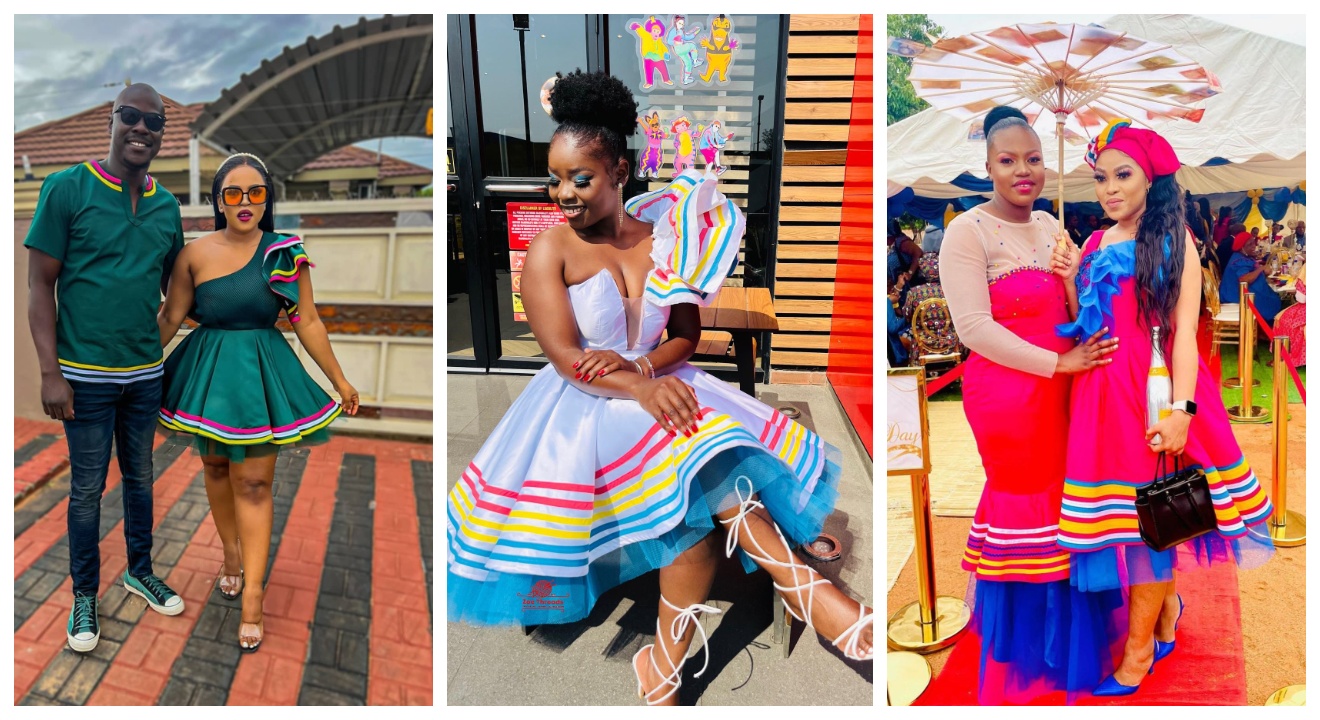
Introduction
Sepedi fashion has undergone a remarkable transformation over the years, blending traditional elements with modern style to create a unique and vibrant look. This fusion of tradition and contemporary fashion has not only revitalized the Sepedi culture but also gained recognition on a global scale.
The Modernization of Sepedi Fashion: A Fusion of Tradition and Contemporary Style
In the world of fashion, preserving cultural heritage while embracing innovation is crucial. Sepedi fashion achieves this delicate balance by infusing traditional designs, motifs, and fabrics with modern trends and techniques. This modernization has allowed Sepedi fashion to appeal to a broader audience, transcending geographical boundaries and cultural barriers.
One of the key features of Sepedi fashion is the incorporation of vibrant colors and intricate beadwork. These elements, deeply rooted in Sepedi tradition, are now creatively integrated into contemporary garments, accessories, and jewelry. This fusion not only pays homage to the rich cultural heritage but also adds an element of uniqueness and flair to each piece.
Additionally, Sepedi fashion has embraced innovative silhouettes, cuts, and fabrics to create more versatile and stylish garments. Designers are experimenting with different fabrics such as chiffon, lace, and satin, while still incorporating traditional fabrics like shweshwe and Basotho blankets. This fusion of old and new creates visually captivating ensembles that capture the essence of Sepedi fashion.
Moreover, the modernization of Sepedi fashion has provided opportunities for local designers and artisans to showcase their talent and creativity on national and international platforms. This has not only boosted the economy but also empowered communities by preserving traditional craftsmanship and skills.
In conclusion, the modernization of Sepedi fashion has breathed new life into the traditional styles, allowing the culture to thrive and gain global recognition. By blending tradition with contemporary elements, Sepedi fashion continues to captivate the world with its unique and vibrant style.
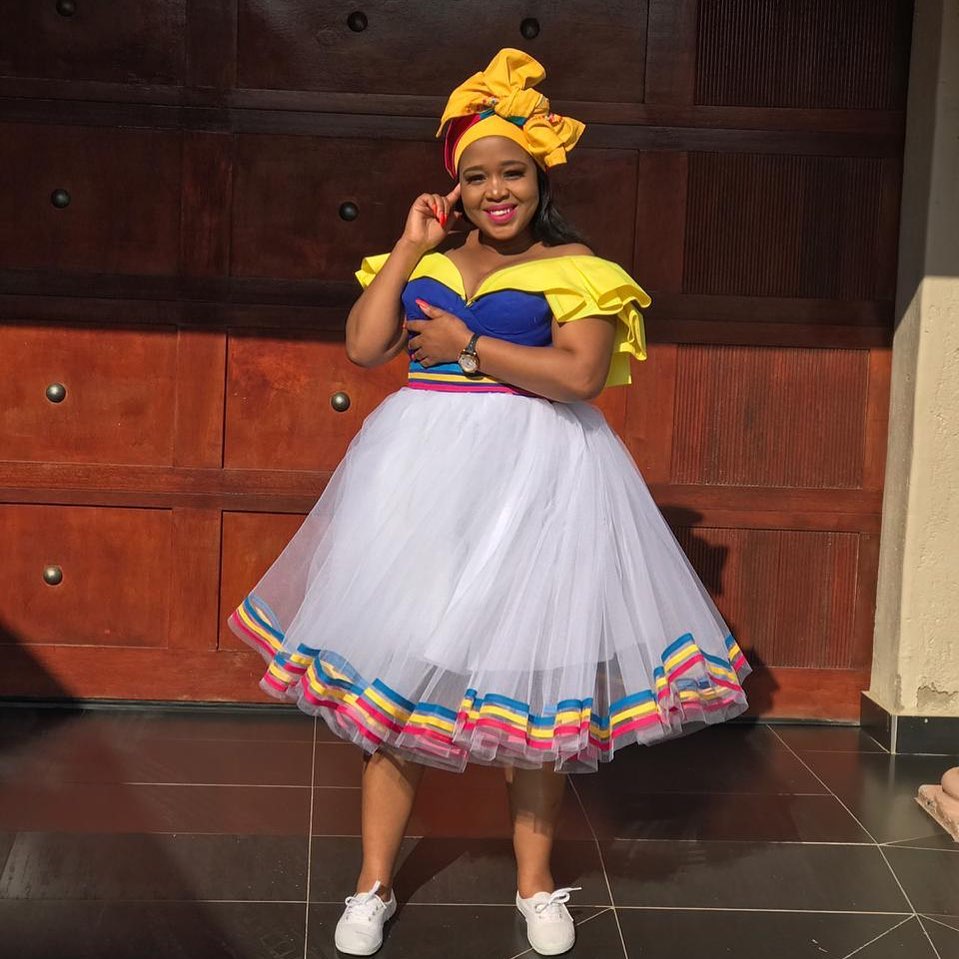
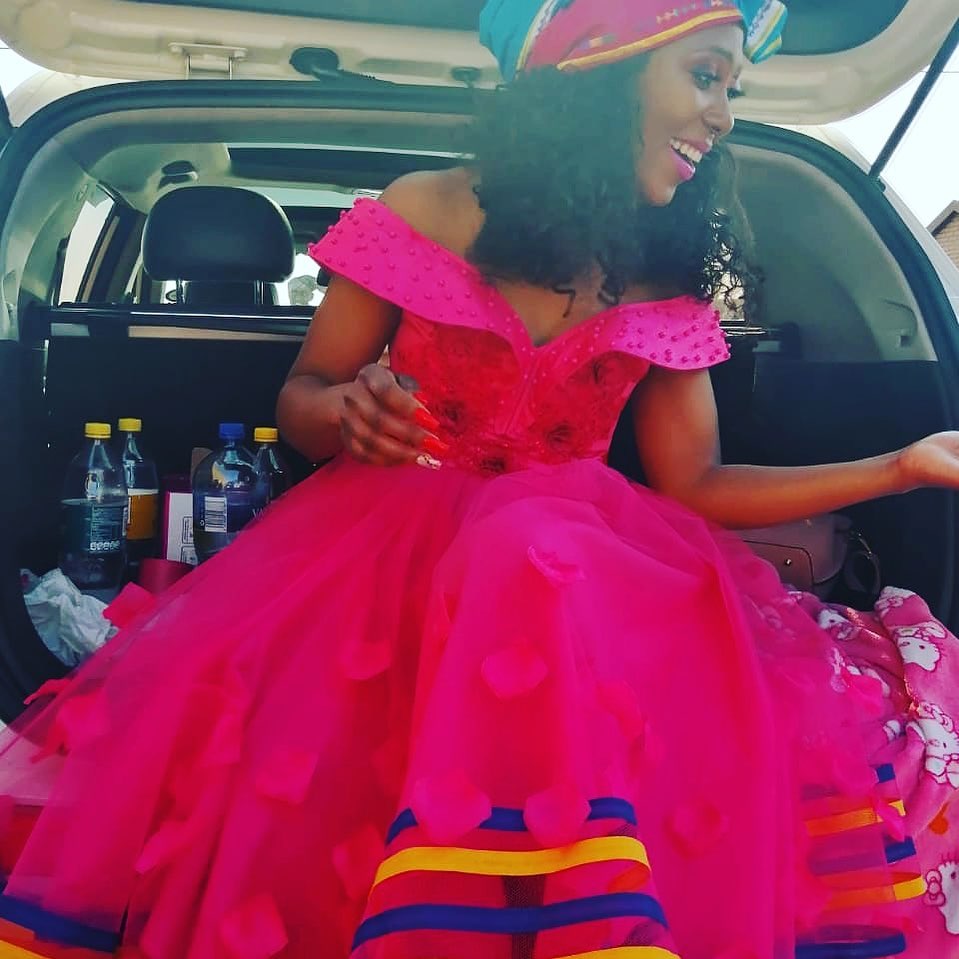
Sepedi Traditional Fashion
1. The History and Significance of Sepedi Traditional Fashion
Sepedi traditional fashion has a rich history that dates back centuries. As one of the prominent ethnic groups in South Africa, the Sepedi people have a strong cultural heritage that is reflected in their clothing. Traditional attire is not only a form of self-expression but also a way to preserve their ancestral customs and rituals. It is a symbol of pride, identity, and belonging, connecting generations and keeping their traditions alive.
2. Traditional Sepedi Attire: Patterns, Colors, and Accessories
Sepedi traditional attire is known for its vibrant colors, intricate patterns, and unique accessories. Women often wear colorful dresses called “makoti” or “thobela”, which are adorned with beading and embroidery. The patterns and colors used in these garments have symbolic meanings, representing different stages of life, marital status, and social standing. Men usually wear a shirt called “dashiki” paired with trousers, and complete their look with accessories like hats, belts, and traditional shoes.
The modernization of Sepedi fashion has seen a fusion of traditional elements with contemporary styles. Designers are incorporating traditional prints and fabrics into modern silhouettes, creating a unique blend of the past and present. This modern take on Sepedi fashion allows individuals to express their cultural heritage while embracing current fashion trends. It showcases the beauty and versatility of Sepedi traditional fashion, making it accessible and appealing to people from all walks of life.
As Sepedi fashion continues to evolve, it remains an essential part of the Sepedi cultural identity. It serves as a way for the community to celebrate their heritage and keep their traditions alive in a rapidly changing world. Sepedi traditional fashion is not just about clothing; it represents a rich tapestry of history, artistry, and cultural pride that will continue to captivate and inspire generations to come.
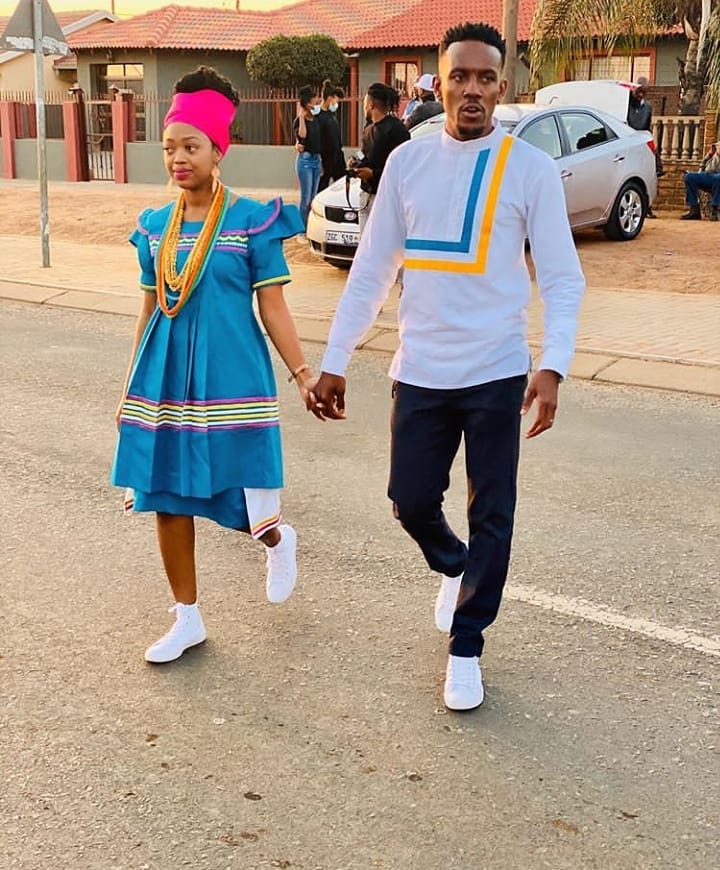
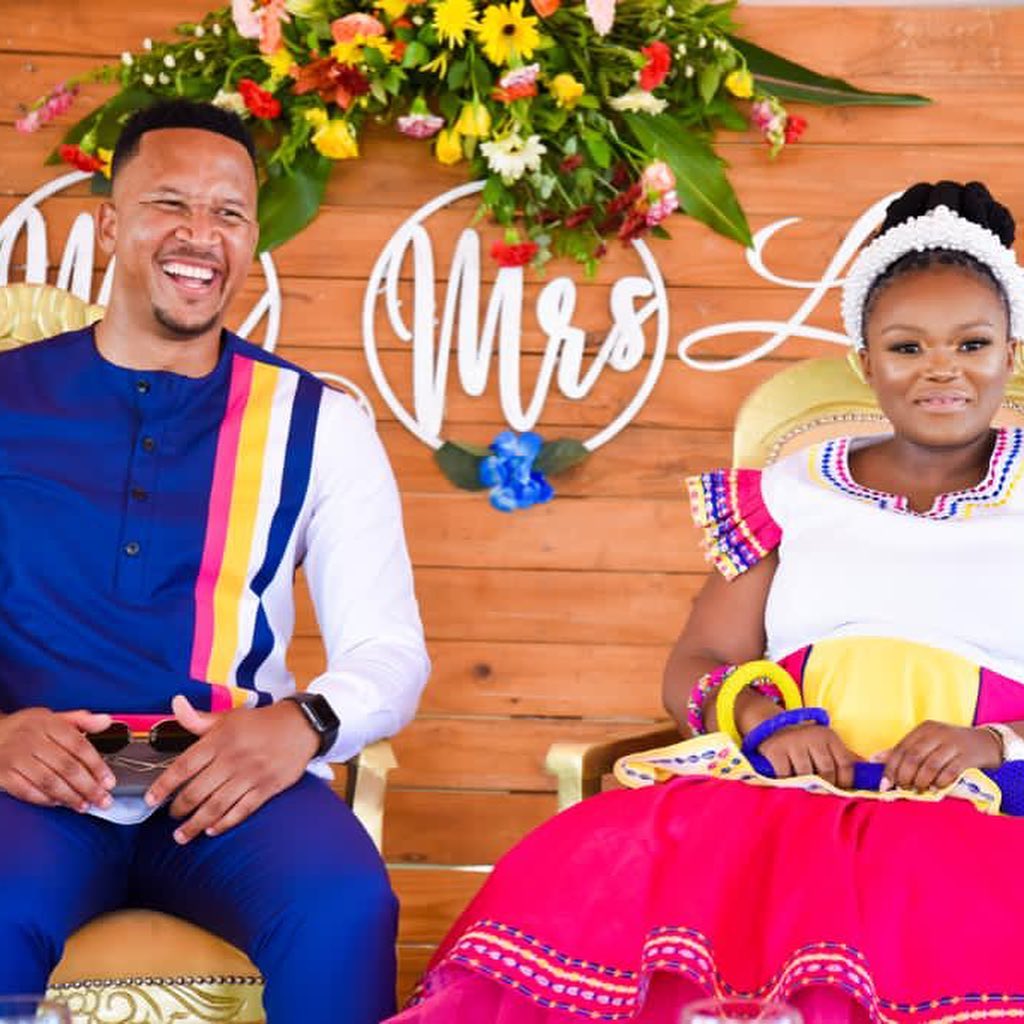
The Influence of Modern Fashion on Sepedi Style
1. The Rise of Contemporary Sepedi Fashion
In recent years, there has been a noticeable shift in the fashion industry in South Africa, particularly in the Sepedi culture. Traditional Sepedi fashion has evolved and embraced modern influences, resulting in a fusion of tradition and contemporary style.
Young designers and fashion enthusiasts have played a crucial role in bringing about this transformation. They have reimagined traditional Sepedi garments like the apron, shawl, and headwrap by incorporating modern fabrics, patterns, and cuts. The use of vibrant colors and bold designs has become a signature element of contemporary Sepedi fashion.
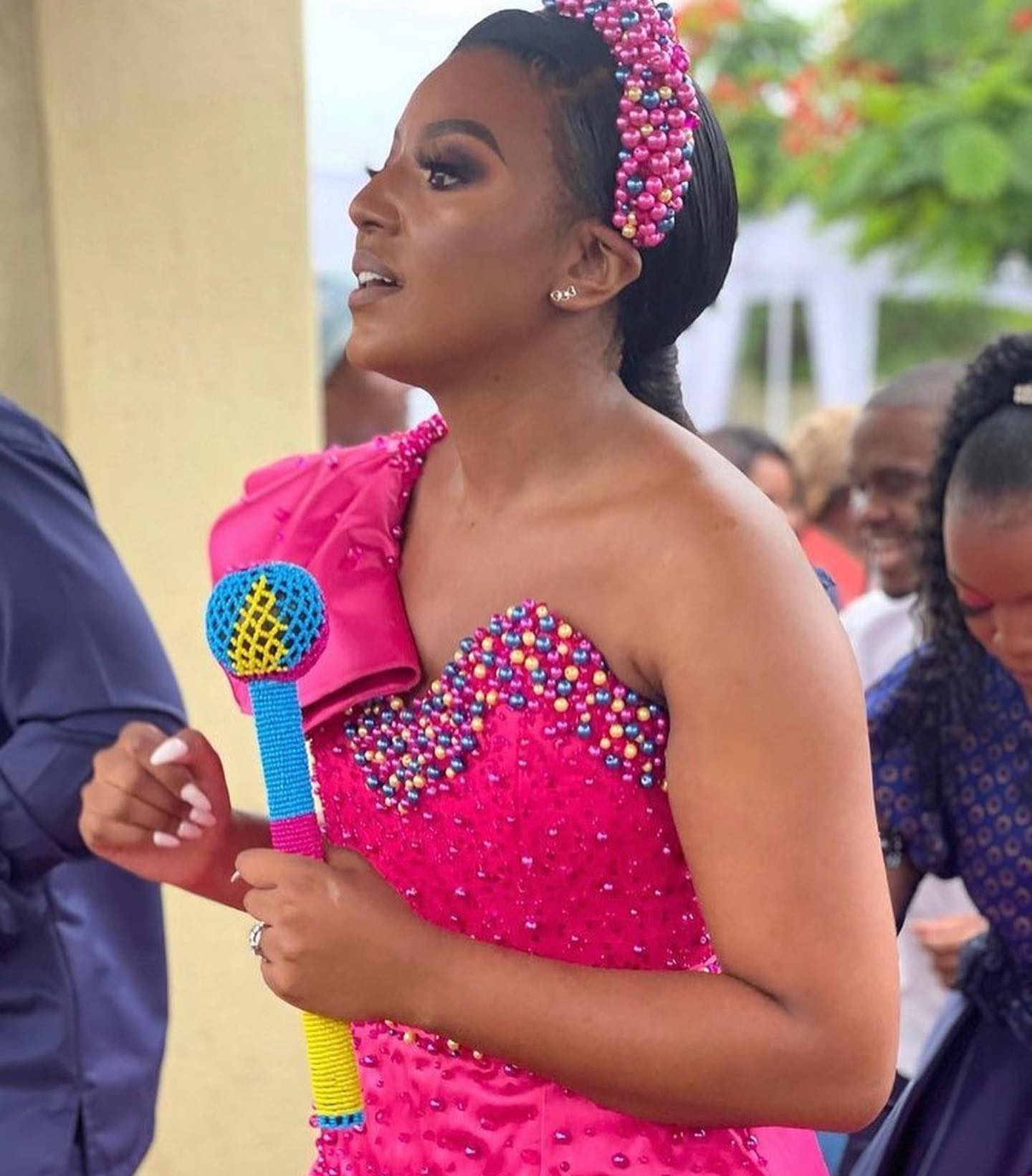
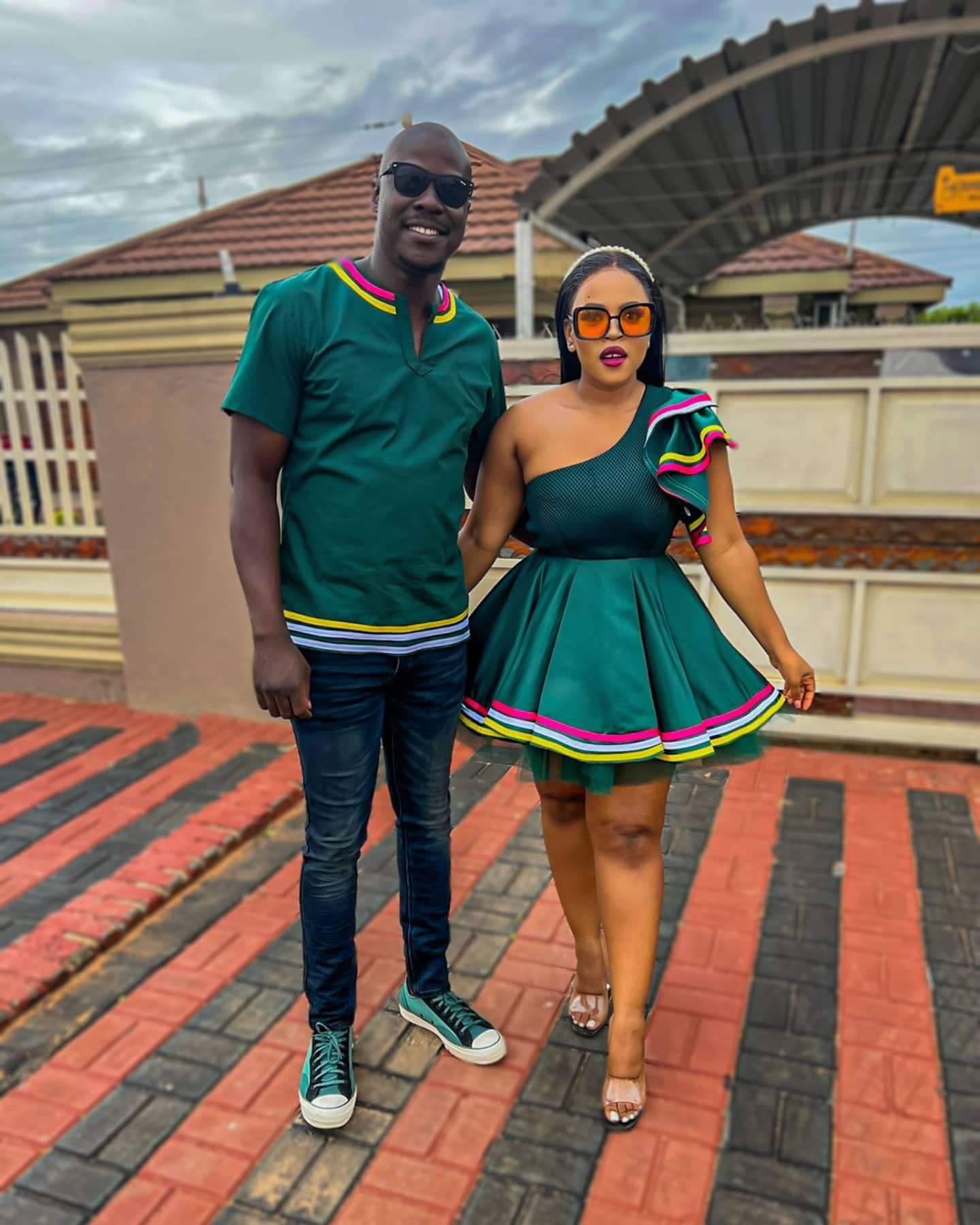
2. Western Influences in Sepedi Fashion: A Modern Twist
The growing exposure to Western fashion trends has also influenced Sepedi style. This has led to the integration of Western elements into traditional Sepedi attire, creating a unique blend of cultures. Western-inspired garments, such as tailored suits and dresses, have been infused with traditional Sepedi details, such as beadwork and embroidery.
Accessories have also played a significant role in modernizing Sepedi fashion. Traditional jewelry made with beads and metals has been combined with contemporary materials like leather and plastic, resulting in eye-catching and innovative designs.
This fusion of tradition and modernity in Sepedi fashion has not only revitalized the culture’s clothing heritage but has also gained attention on a global scale. Fashion shows, exhibitions, and social media platforms have provided a platform for showcasing the beauty and creativity of Sepedi style, further propelling its popularity and ensuring its continued relevance in the modern world.
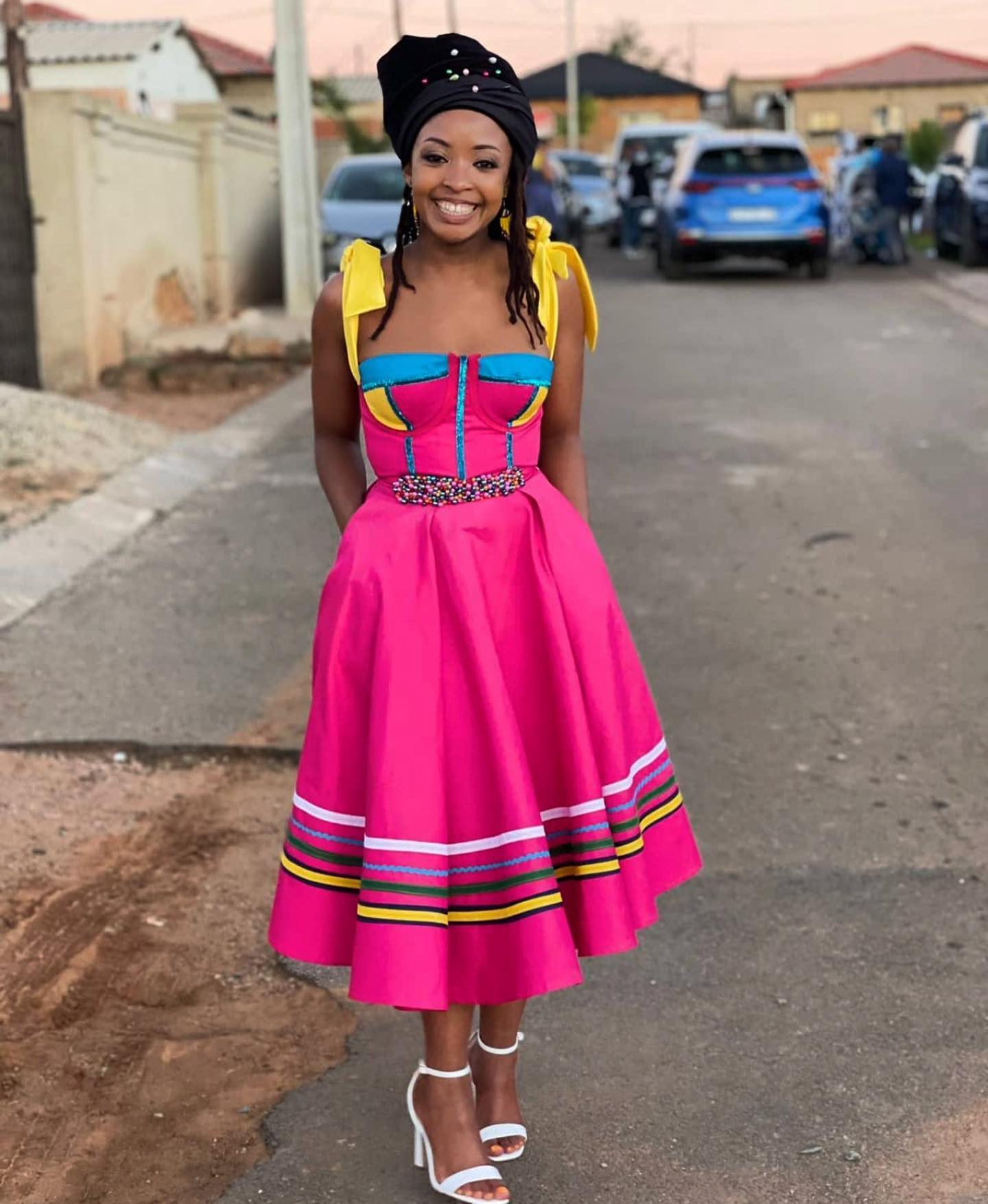
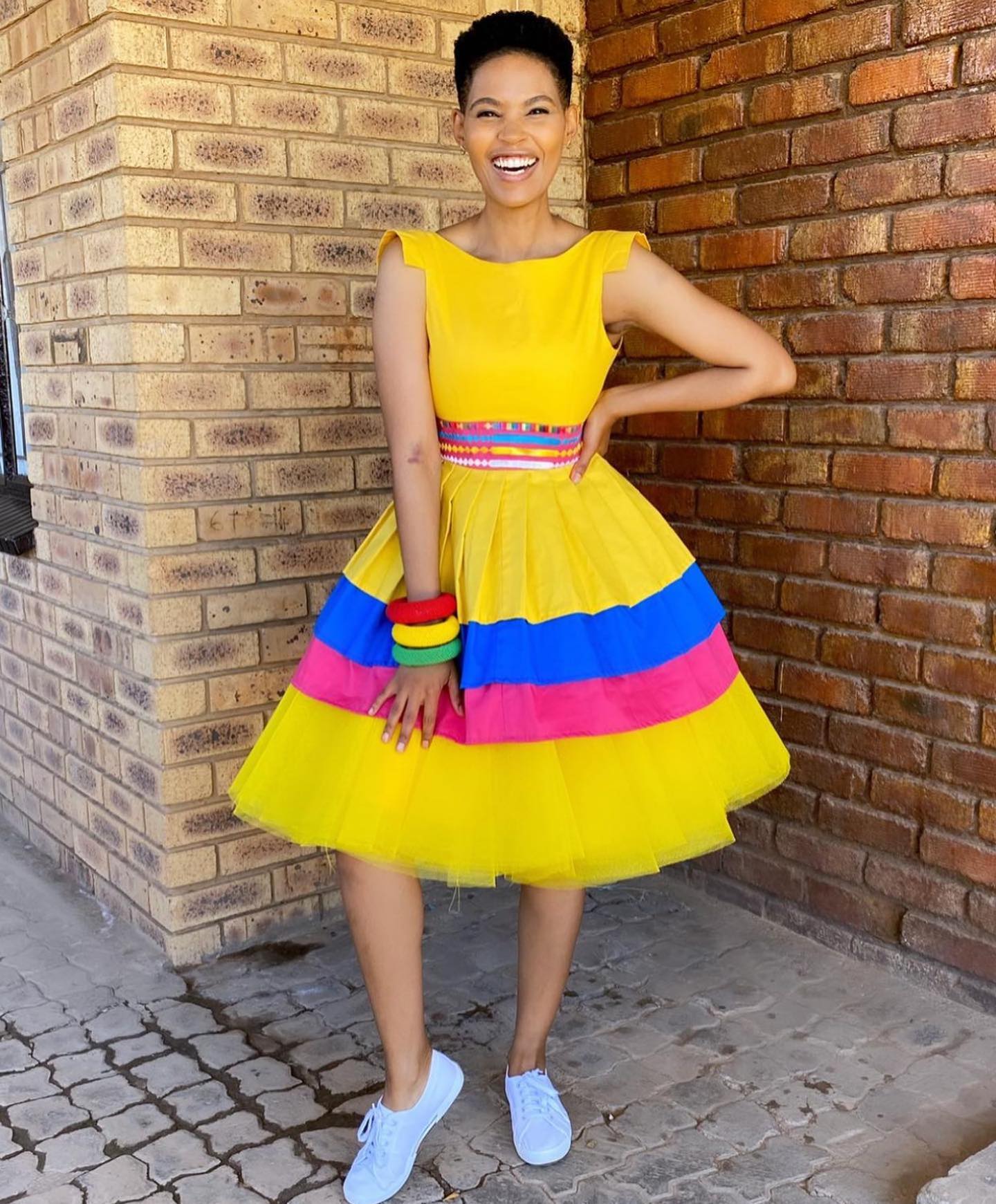
Fusion of Tradition and Contemporary Style
The world of fashion is constantly evolving, and Sepedi fashion is no exception. The modernization of Sepedi fashion has brought together the rich cultural heritage of the Sepedi people with contemporary style, resulting in a beautiful fusion that captures the essence of tradition and embraces the spirit of the modern era.
1. Incorporating Sepedi Elements into Modern Fashion
Designers and fashion enthusiasts have found innovative ways to incorporate Sepedi elements into modern fashion. Traditional patterns, vibrant colors, and intricate beadwork are seamlessly blended with modern silhouettes and fabrics. This infusion of tradition adds a unique touch to contemporary fashion, creating pieces that are both eye-catching and culturally significant.
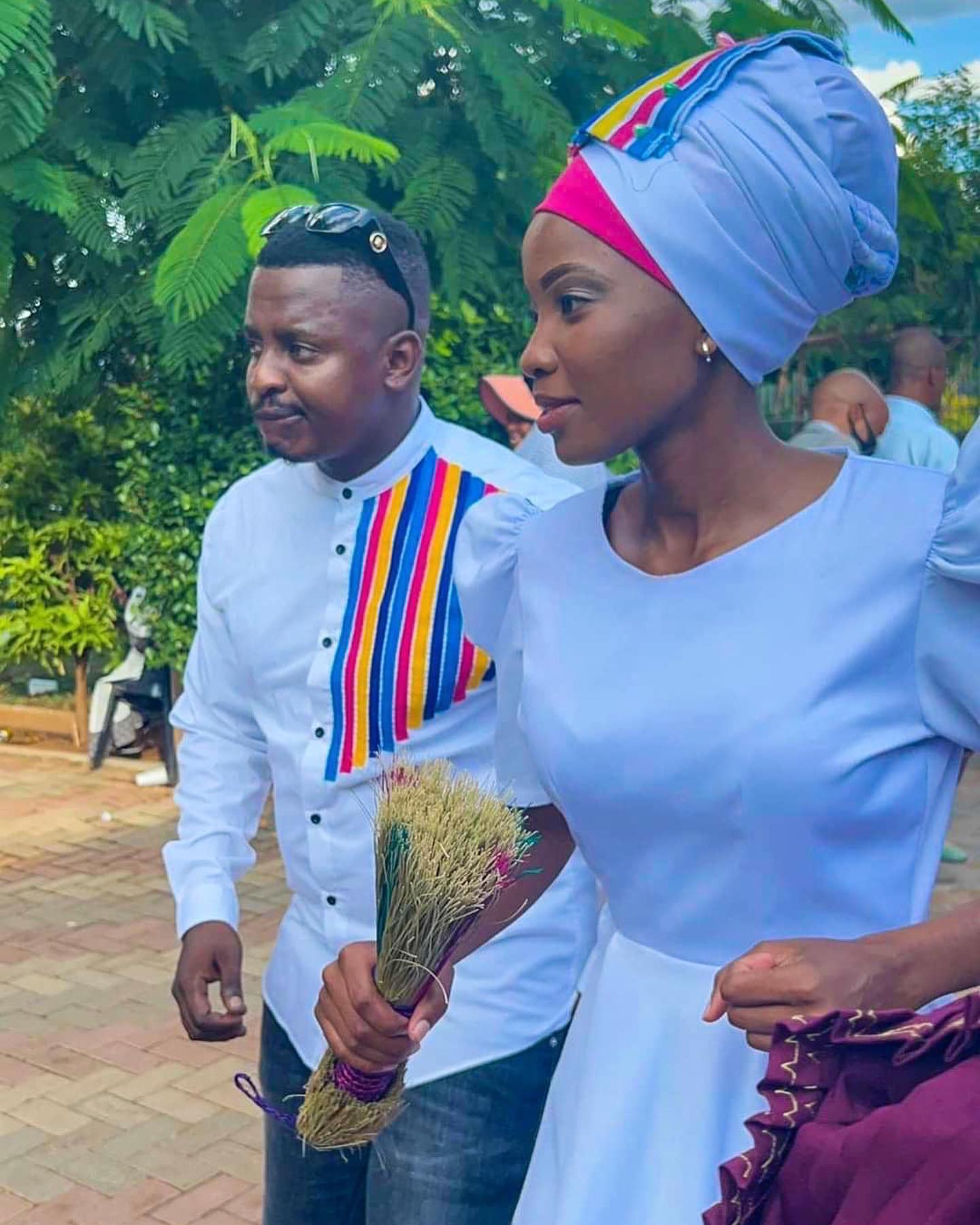
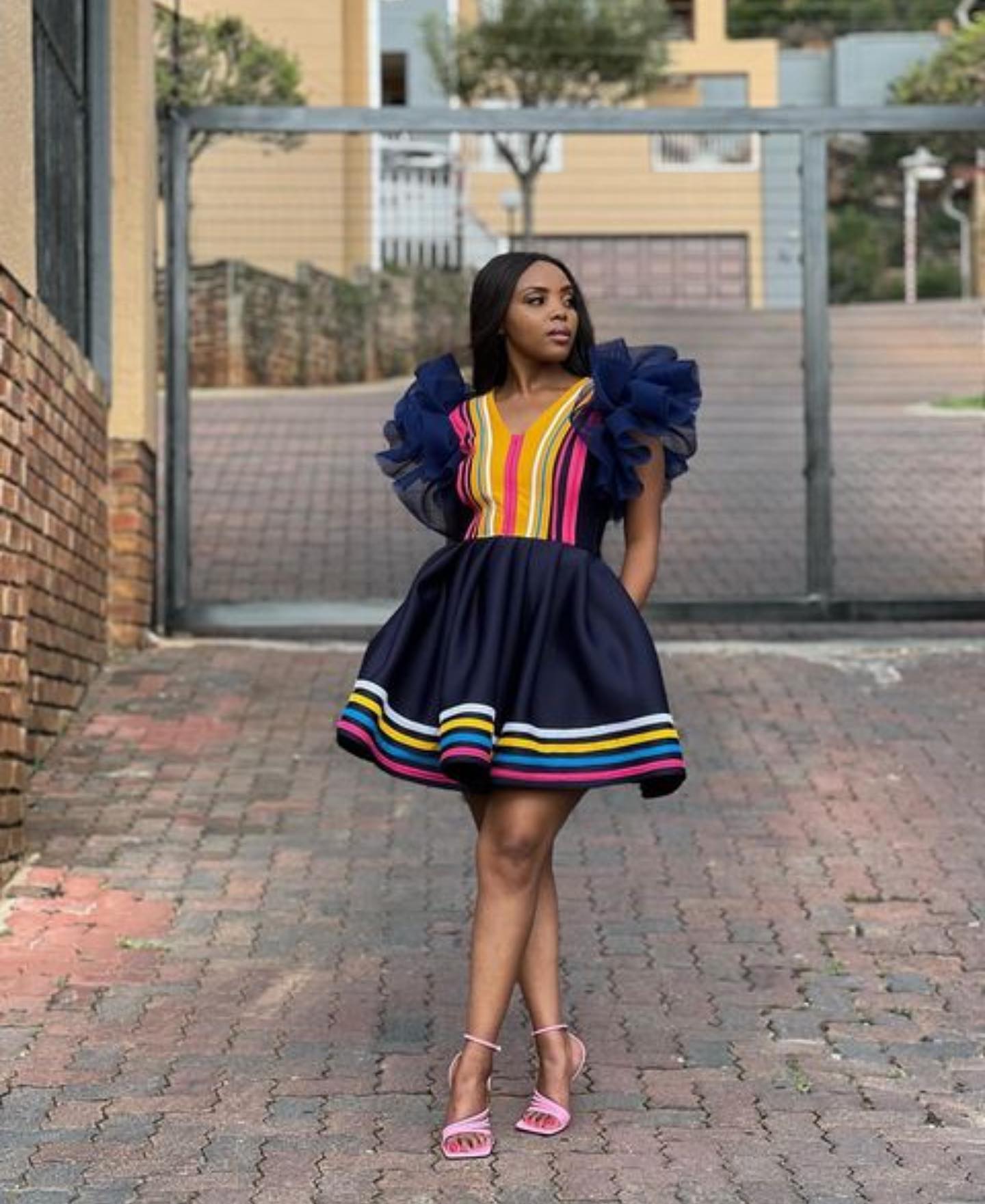
2. Blending Traditional and Western Styles: Creative Outfits and Accessories
One of the hallmarks of Sepedi fashion is its ability to blend traditional and Western styles in creative and innovative ways. From elegant dresses adorned with traditional beading to modern accessories featuring traditional motifs, the fusion of these contrasting elements creates stunning ensembles that showcase the beauty of Sepedi culture.
In conclusion, the modernization of Sepedi fashion represents a harmonious blend of tradition and contemporary style. By incorporating Sepedi elements into modern fashion and blending traditional and Western styles, designers and fashion enthusiasts are creating unique and culturally significant outfits and accessories. This fusion not only celebrates the rich heritage of the Sepedi people but also showcases the versatility and creativity of Sepedi fashion in the modern world.
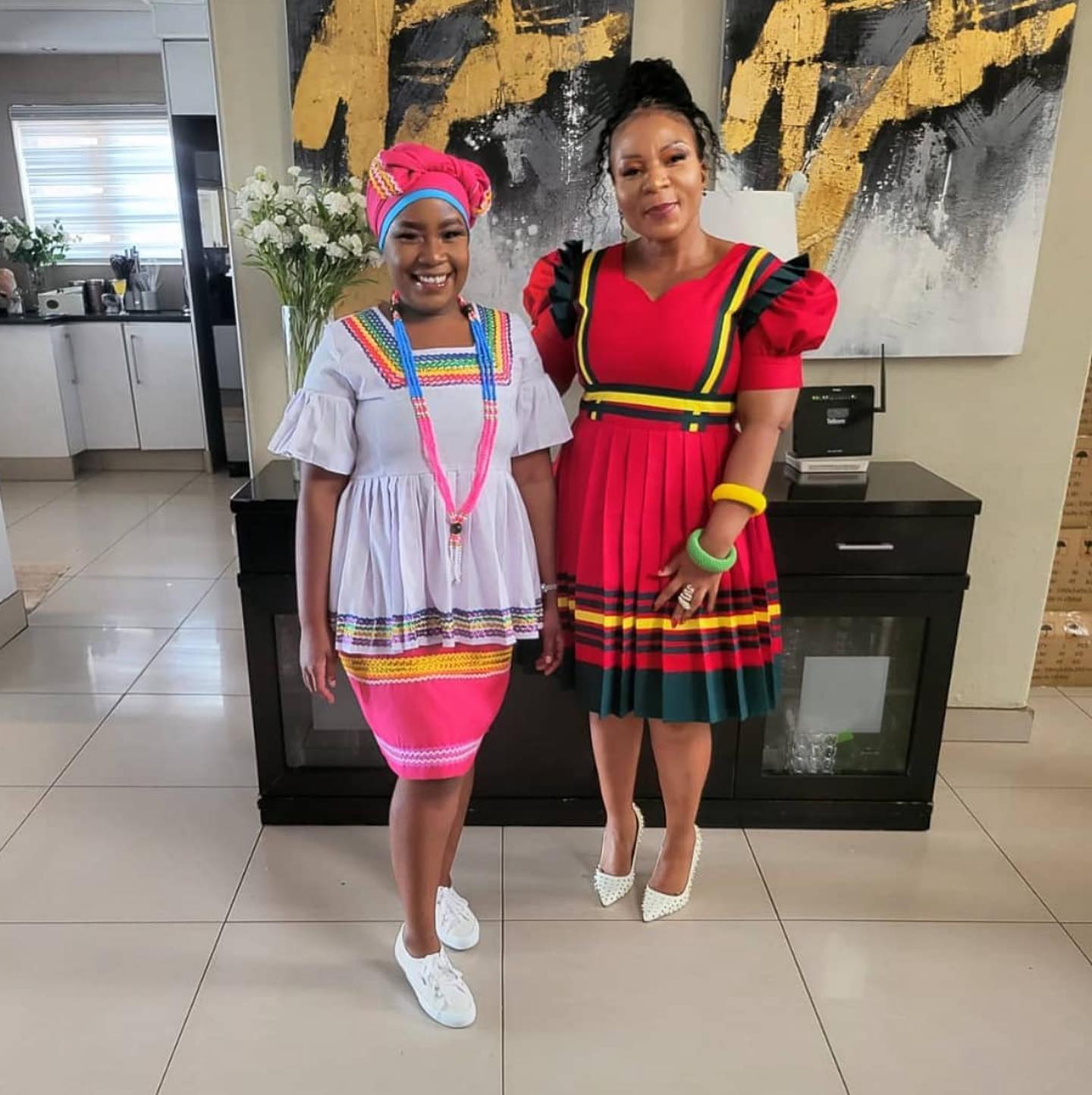
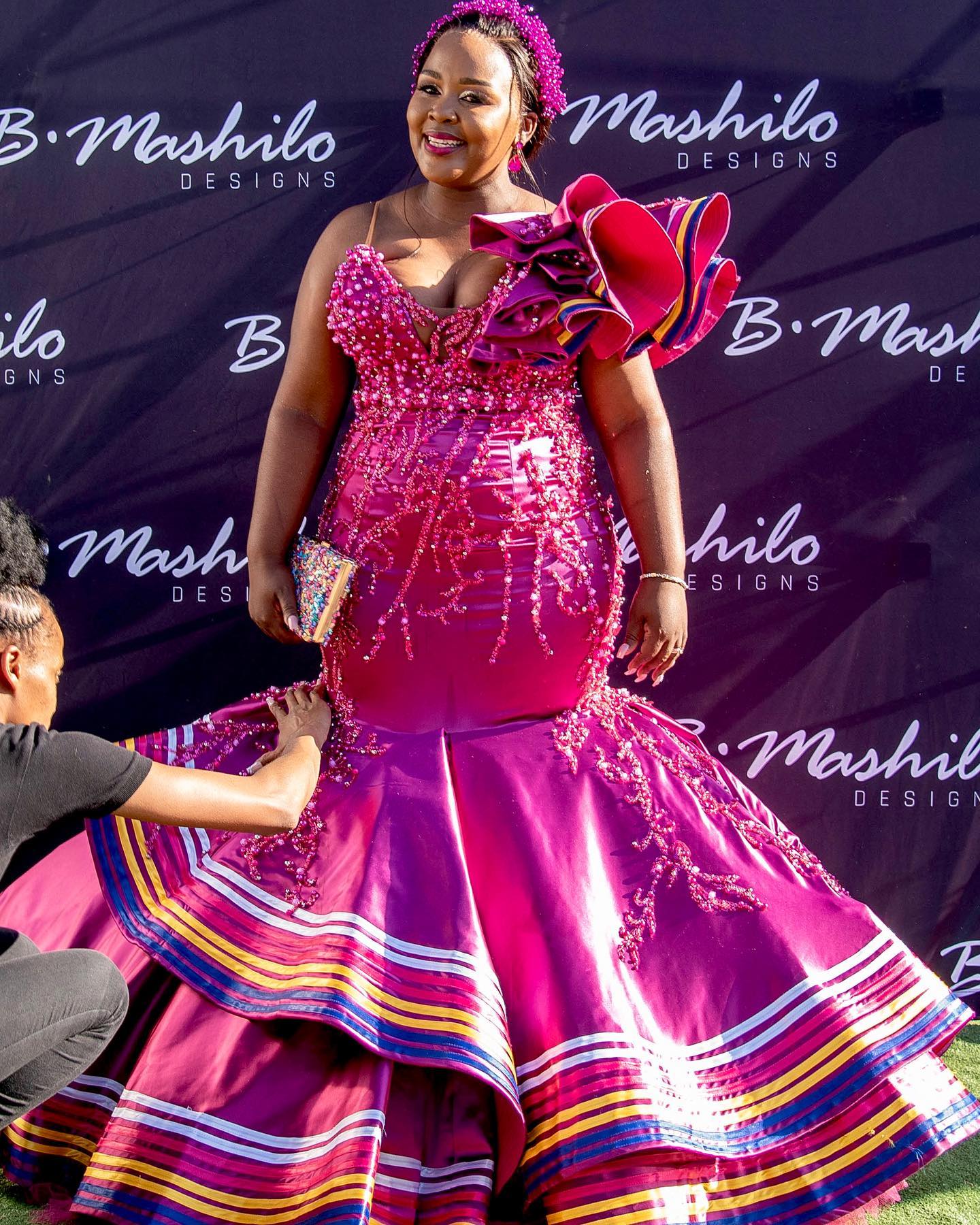
Fashion Designers and Brands Shaping Modern Sepedi Fashion
Sepedi fashion is experiencing a surge in popularity as the fusion of tradition and contemporary style takes center stage.
1. Emerging Sepedi Fashion Designers
The modernization of Sepedi fashion would not be possible without the talented emerging designers who are pushing the boundaries and reinventing the traditional attire. These designers are incorporating vibrant colors, bold patterns, and innovative silhouettes into their designs, giving a fresh and modern twist to Sepedi fashion.
2. Prominent Brands Promoting Sepedi Fashion
In addition to the emerging designers, prominent brands are also playing a crucial role in promoting Sepedi fashion on a larger scale. These brands are collaborating with local artisans and designers to create collections that showcase the beauty and uniqueness of Sepedi culture. By incorporating traditional elements into their designs, these brands are helping to preserve and celebrate Sepedi heritage while keeping up with the demands of the modern fashion industry.
With the support of both emerging designers and established brands, modern Sepedi fashion is gaining recognition not only in South Africa but also globally. The fusion of tradition and contemporary style is not only revitalizing the Sepedi fashion scene but also empowering the local community and preserving their cultural identity in a rapidly changing world.
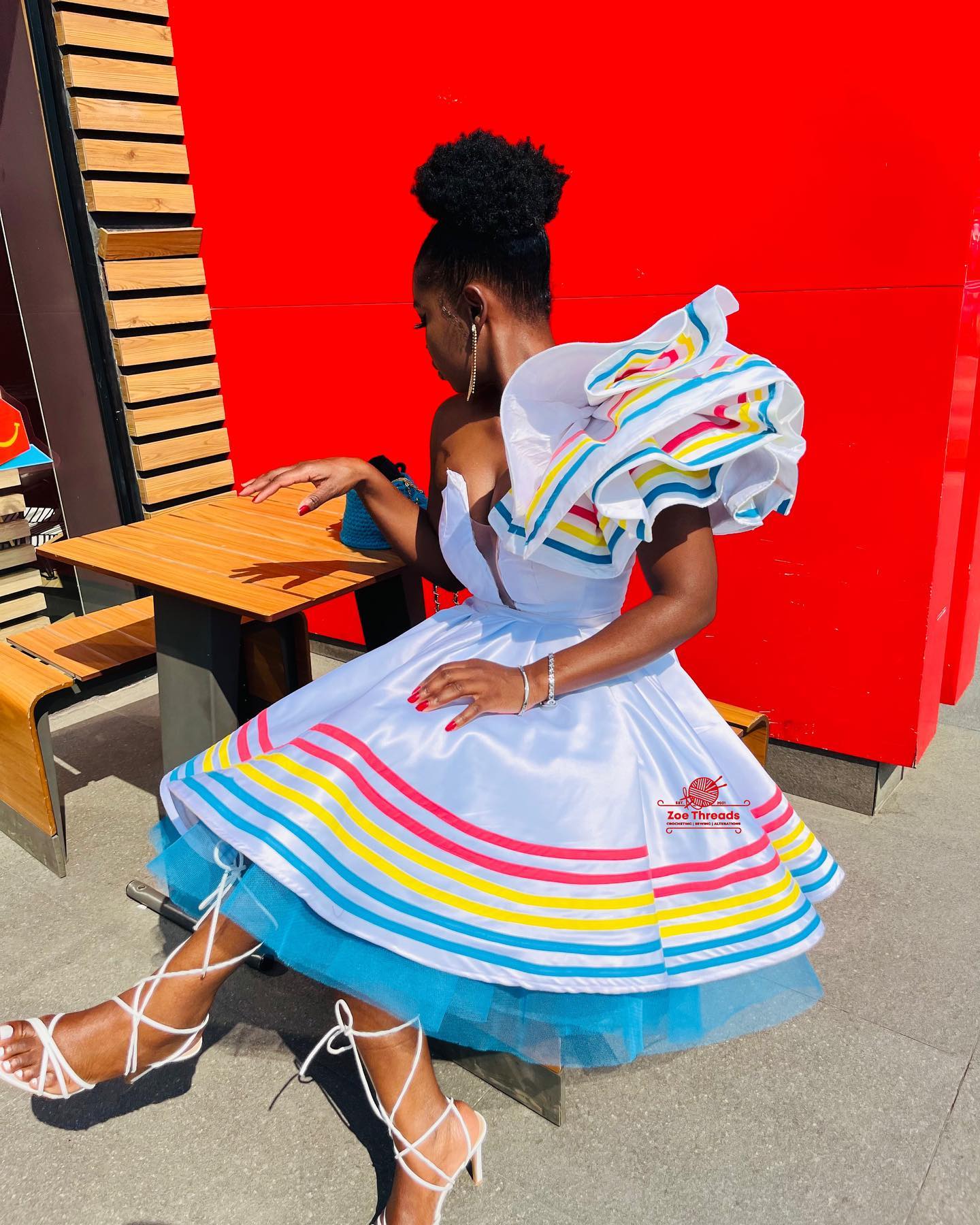
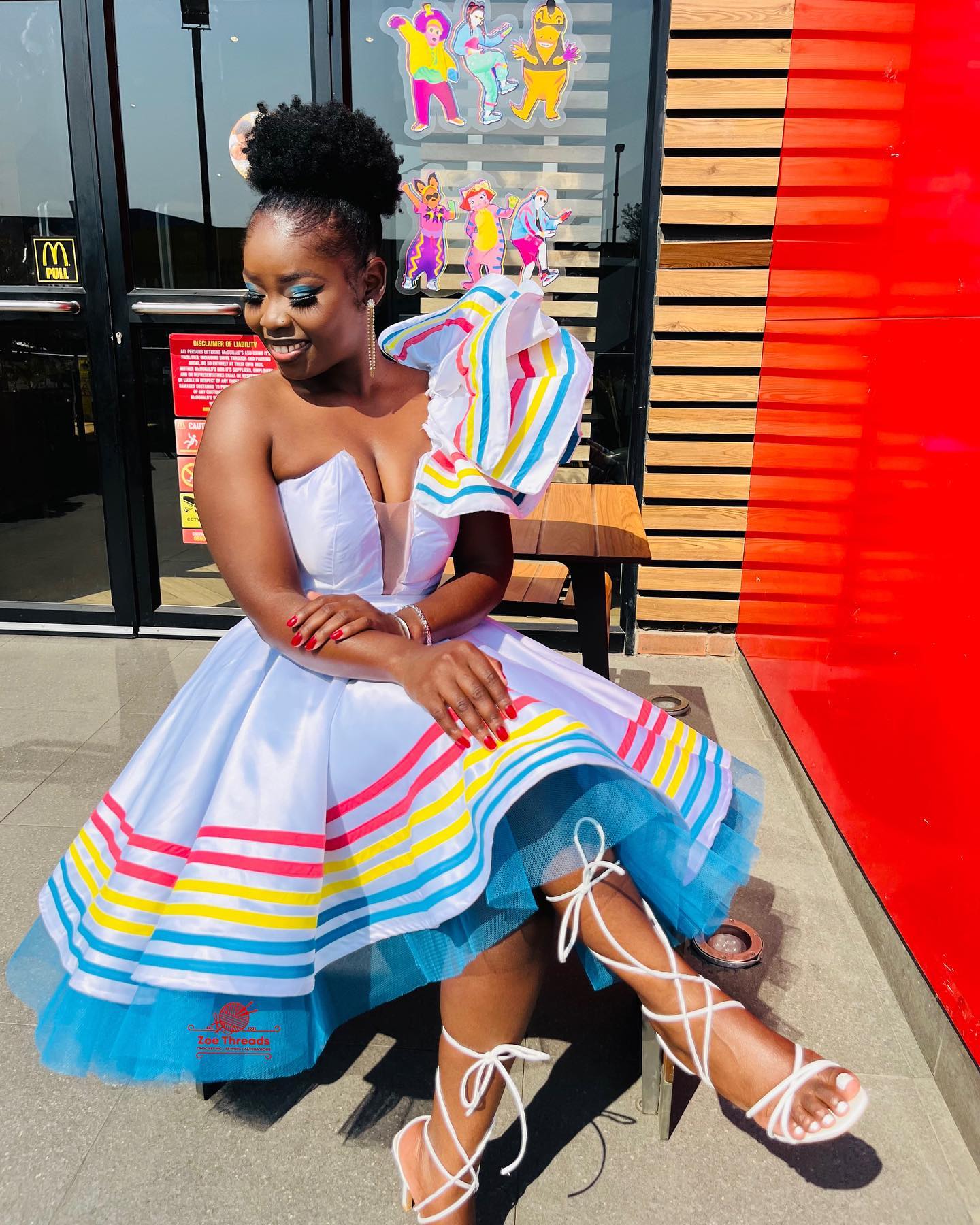
Challenges and Opportunities in Modernizing Sepedi Fashion
1. Balancing Tradition and Innovation
When it comes to modernizing Sepedi fashion, there is a delicate balance between honoring tradition and embracing innovation. Sepedi fashion draws inspiration from the rich cultural heritage of the Sepedi people, known for their vibrant colors, intricate beadwork, and distinctive patterns. However, in order to stay relevant and appeal to a wider audience, there is a need to infuse contemporary elements into the traditional designs.
One of the challenges faced in modernizing Sepedi fashion is preserving the authenticity and cultural significance of the clothing while incorporating modern styles and trends. Designers need to find creative ways to reinterpret traditional garments, such as the colorful shweshwe dresses and the iconic doek, in a way that appeals to the younger generation.
On the other hand, modernization also presents opportunities for growth and innovation in the Sepedi fashion industry. By blending traditional elements with contemporary aesthetics, designers can create unique and stylish pieces that appeal to both local and international markets. This fusion of tradition and contemporary style allows for greater creativity and experimentation, attracting a wider audience and expanding the reach of Sepedi fashion.
Overall, the modernization of Sepedi fashion is a journey of finding a harmonious balance between tradition and innovation. By preserving the cultural heritage while embracing new trends, Sepedi fashion can evolve and thrive in the modern world, showcasing the beauty and diversity of South African fashion to the world.
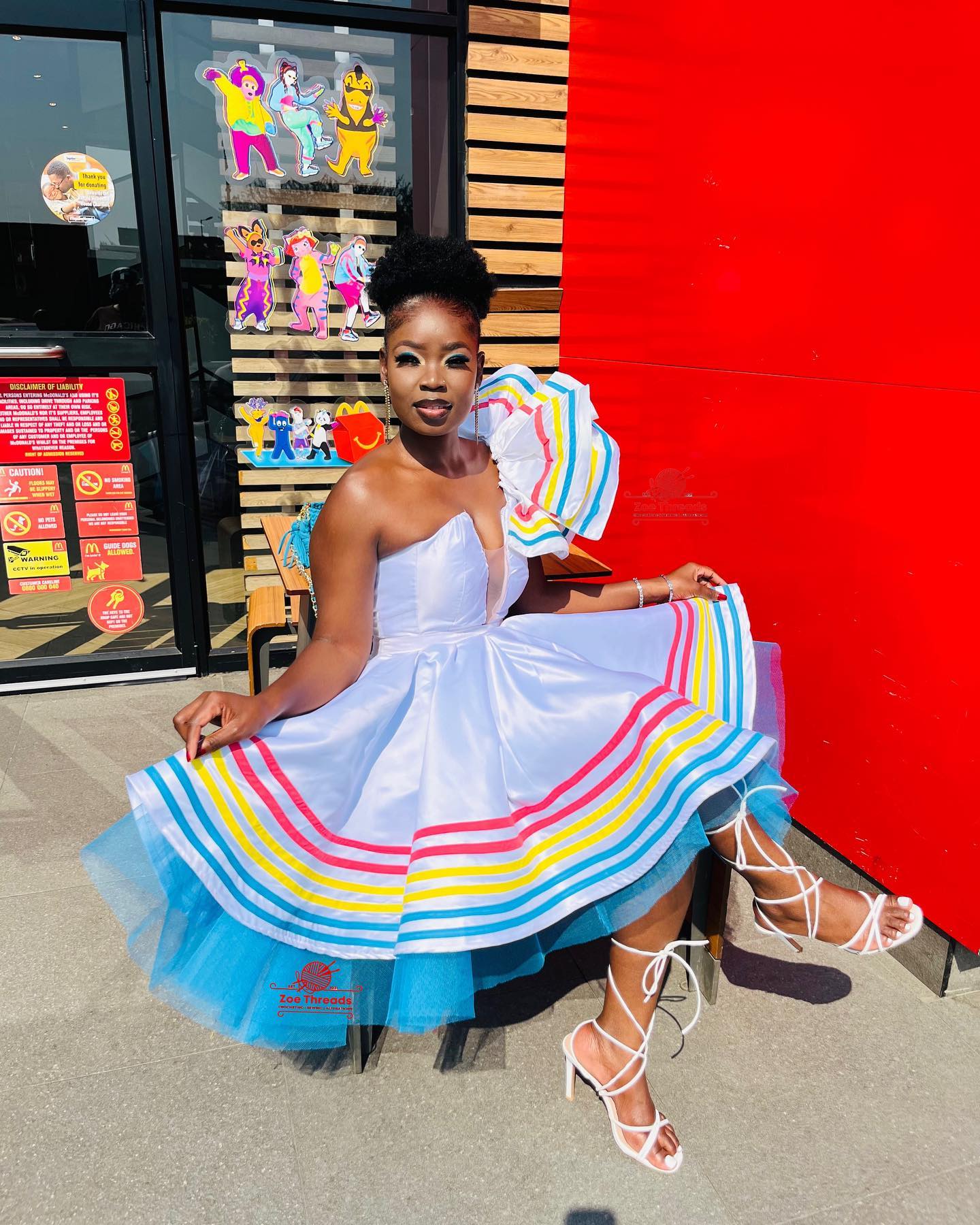
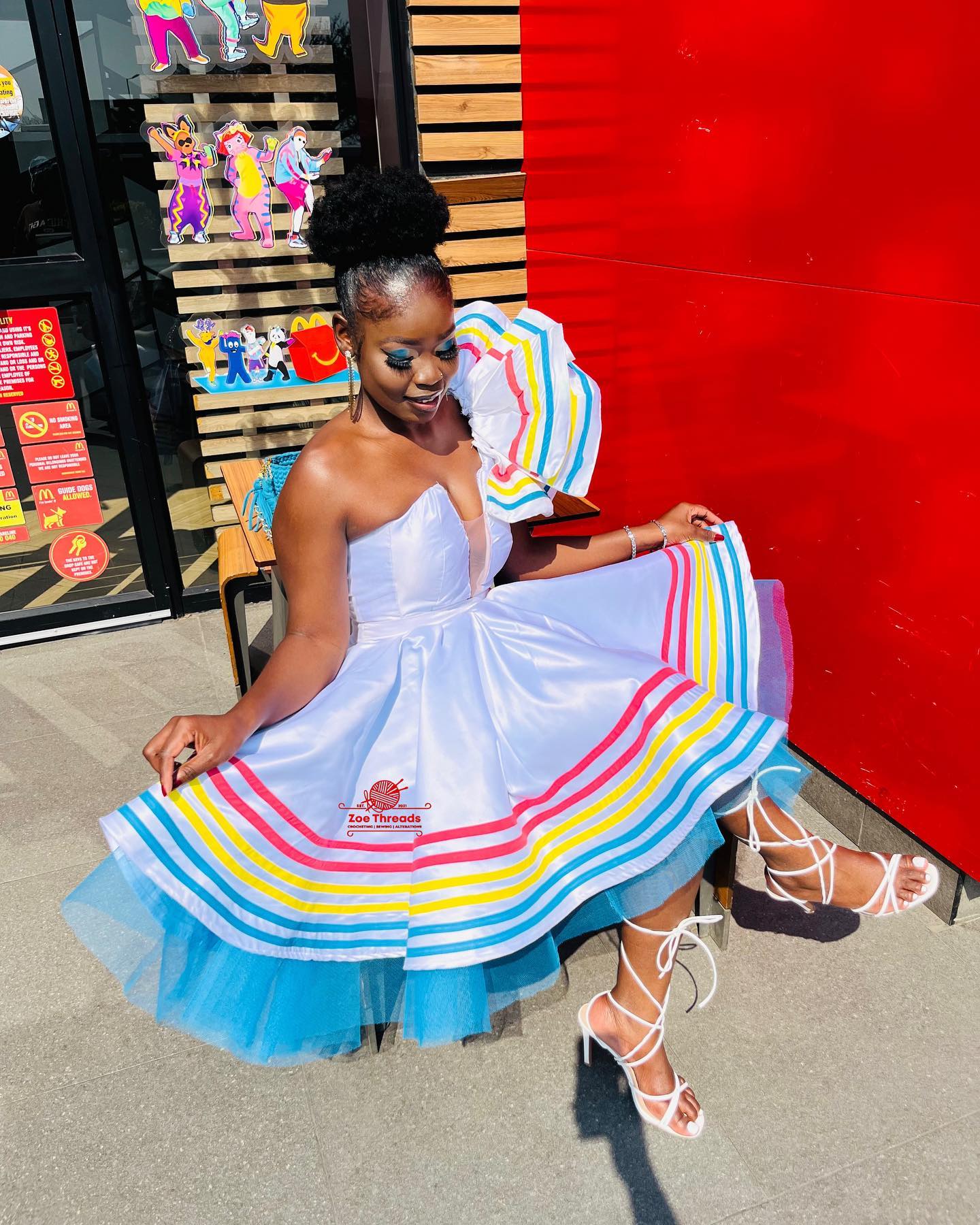
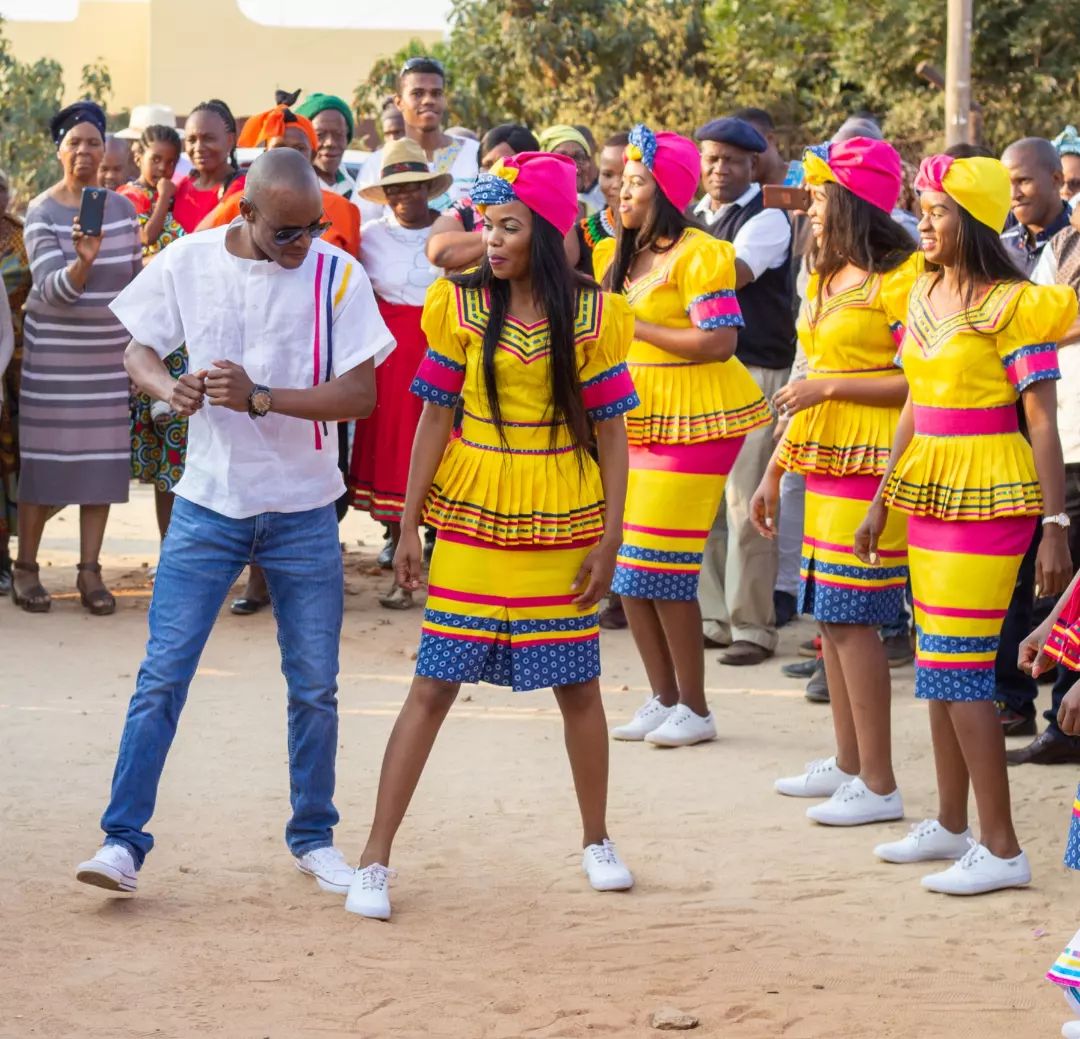
Comments are closed.